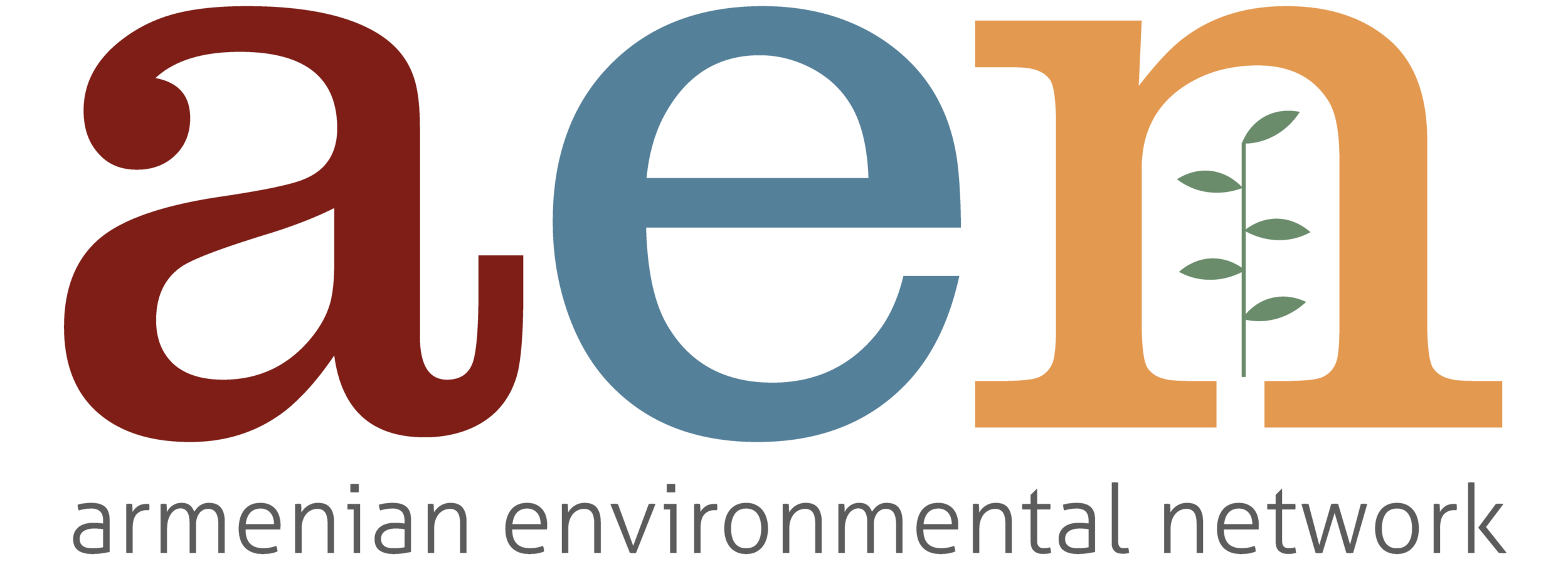Projects
Integrated Waste Management Program
In 2012, AEN along with local partners Green Lane NGO and Urban Foundation for Sustainable Development (UFSD) launched the Integrated Waste Management Project (IWMP) in the town of Berd in Northern Armenia. The project had three separate components; education, capacity building and the construction of a landfill.
Through the IWMP, AEN accomplished the following objectives:
1) Help the region create a sustainable plan to collect, reuse, recycle and/or deposit their solid wastes. AEN secured and distributed recycling bins throughout Berd. AEN supported the exchange of two international experts to visit the project site in Armenia. In 2012, Benjamin Walmer, a U.S.-based architect, visited the site for an onsite analysis to select a new site for AEN’s planned sanitary landfill and develop a project concept design.
In 2014, Antranik Saiyan, a U.S.-based engineer visited the site to conduct an initial feasibility study for the construction of an appropriate technology landfill in Berd and a basic blueprint for construction.
Funding has not yet been secured to construct the landfill.
2) Develop a Teacher's Guide and train 10 teachers from 5 schools in Berd in providing environmental education to children. The educational component of the IWMP was completed in 2013. AEN hosted the Green Berd Festival in Berd as a closing of the educational component of the IWMP, in which received training.
3) AEN launched its #WarOnWaste Campaign and developed public service announcements on waste. AEN conducted various workshops and presentations in composting and reuse of solid wastes.
Armenia is still currently being choked by trash and is in desperate need of sanitary waste management infrastructure. Wastes are typically deposited in gorges, ravines, natural depressions, or in streams. Dumps in Armenia do not have protective barriers to keep toxic leachates from seeping into the soil and eventually into the water table. Additionally, wastes of all varieties are routinely burned; releasing toxic fumes into the atmosphere.
AEN envisions that villages, in close proximity to one another, combine resources to create regional landfills. Regional landfills negate the necessity to construct 400 separate fills. In the case of Armenia, using this approach, perhaps 50 -60 regional appropriate technology sanitary landfills would suffice.
The time has come for Armenia to address this issue. AEN believes that villages are ready to address the growing problem that is waste management.



